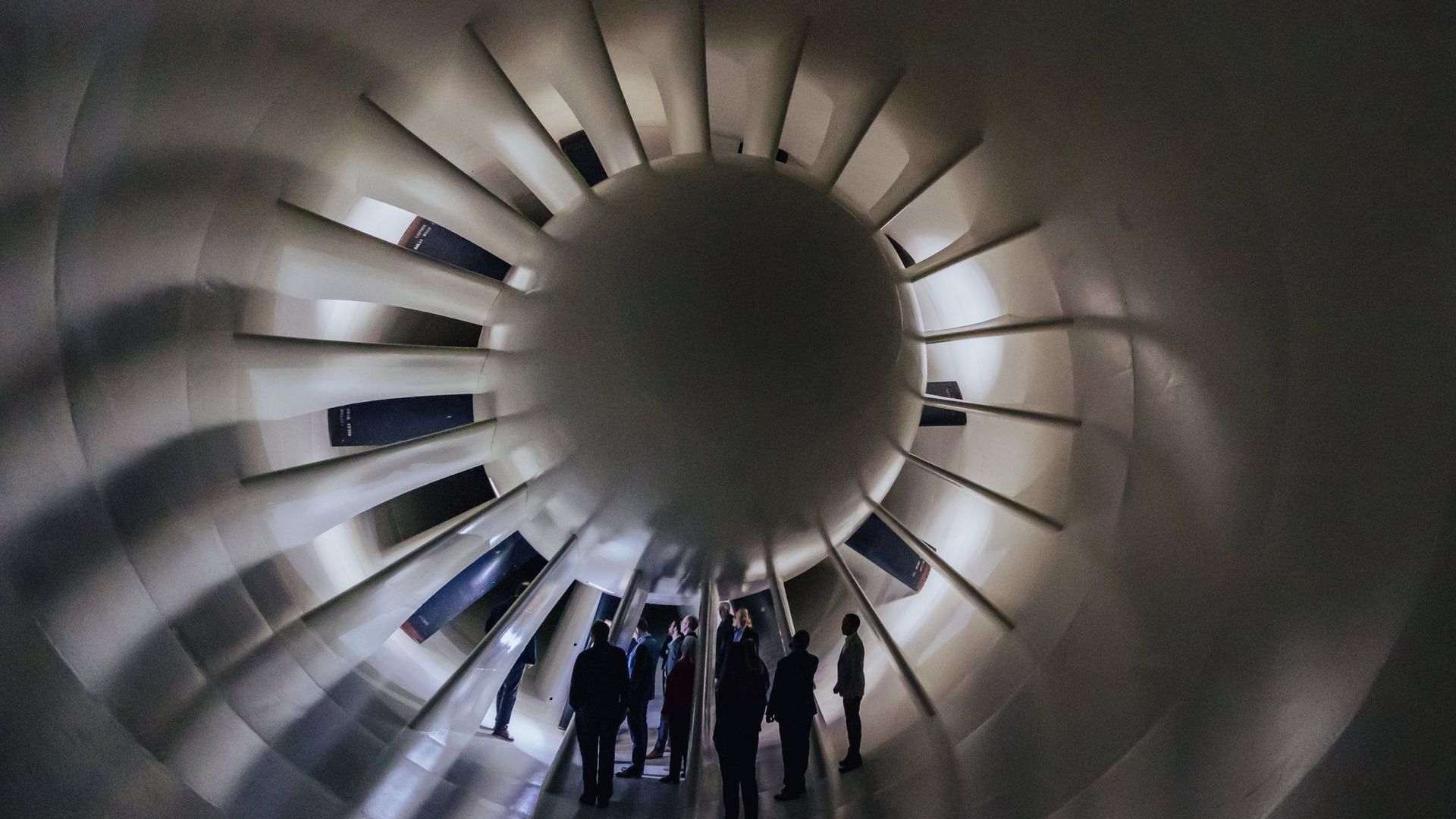NEWS - Boeing Accelerates Innovation with New Research Centre in Farnborough
Boeing HiLACC Farnborough Research Centre

Great news for the UK aerospace sector! Boeing has recently opened a significant new facility in Farnborough, often called the 'birthplace of British aviation'. This centre, officially named the High-Lift Aerodynamics Collaboration Centre (HiLACC), is set to become a hub for accelerating research into future aircraft concepts.
Located right next door to the 5-metre-cross-section low-speed wind tunnel leased by QinetiQ, which Boeing has used for over 35 years, HiLACC provides a dedicated space spanning approximately 930 square metres (10,000 square feet) across three floors. This co-location allows Boeing and its industry and academic partners to collaborate more effectively on aerodynamic testing and research. The adjacent wind tunnel itself is notable, being the only one of its type in the UK and one of only three large, low-speed pressurised wind tunnels globally. It has been instrumental in the testing and design of various Boeing aircraft, including the 787, 777, 747, and 737 MAX.
The primary goal of HiLACC is to support testing and development for a range of programmes for Boeing’s commercial aeroplanes and derivative aircraft. The research conducted here is specifically aimed at achieving improved aircraft capabilities such as better fuel efficiency, reduced noise and emissions, and increased payload and range. By shortening the time needed to refine an aircraft's design and test models in the nearby wind tunnel, HiLACC will help speed up the process of evaluating configurations that could offer reduced drag and improved high-lift performance. High-lift, low-speed wind tunnel testing is particularly important for assessing how design changes impact takeoff and landing performance.
The opening of HiLACC was hailed as a "significant investment from Boeing and a massive vote of confidence" in the local aerospace and defence industries by Alex Baker MP. Maria Laine, President of Boeing UK, Ireland and Nordic region, emphasised the UK's continuing pivotal role in aerospace innovations. This facility is part of Boeing's broader investment in UK innovation, exceeding £110m since 2015.
Interestingly, some sources suggest that with Boeing and NASA recently pausing work on the X-66 sustainability demonstrator and shifting focus to advancing specific thin-wing technology, this new UK centre could potentially be involved in furthering that research. While not explicitly confirmed, this potential connection highlights HiLACC's relevance to future, more sustainable aviation technologies.
Ultimately, facilities like HiLACC are seen as crucial for making the future of aerospace possible, supporting the development of the next generation of aerospace innovations.
Event Registration Form
EVENT BOOKING
Terms & Conditions
Your information will be used solely by FAC for the purposes of managing your participation in this event and providing you with relevant updates. It may also be forwarded to attendees of the event for the purpose of collaboration unless you specify on the form your objection.
Terms : By signing this form you understand you are committing to this event and agree to the FAC Terms. Cancellation must be received 2 weeks before an event for a refund. Less than 2 weeks we are committed to costs and therefore the full amount will stand.
A registration form must be completed for you to attend any event






